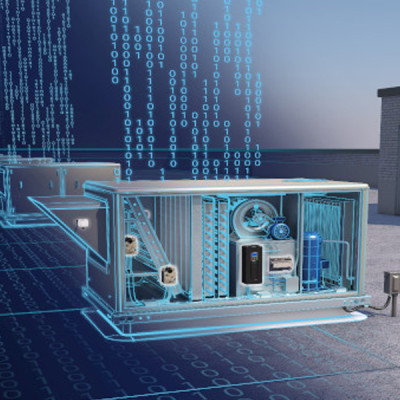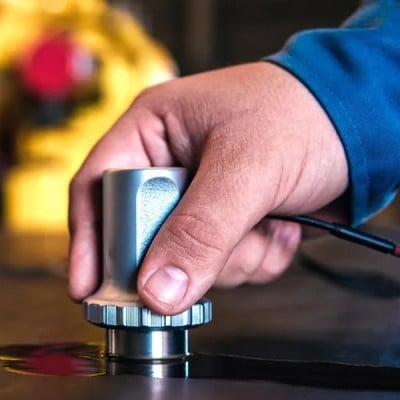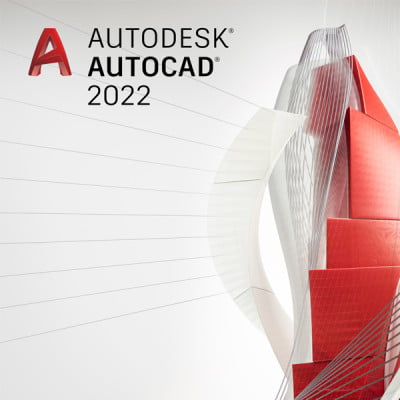Course description
Revit is a Building Information Modeling (BIM) software developed by Autodesk that is commonly used in the architecture, engineering, and construction (AEC) industry. While Revit is primarily known for its architectural and structural design capabilities, it also includes tools for mechanical, electrical, and plumbing (MEP) design. Here's a brief overview of Revit's capabilities for mechanical design:
HVAC Design: Revit allows mechanical engineers to design heating, ventilation, and air conditioning (HVAC) systems for buildings. Users can create ductwork, specify equipment such as air handlers and chillers, and design air distribution systems. The software provides tools for calculating heating and cooling loads and can assist in creating energy-efficient HVAC designs.
Plumbing Design: Revit supports the design of plumbing systems, including water supply and drainage. Engineers can create pipe layouts, specify fixtures, and design plumbing networks. The software helps ensure that plumbing systems meet code requirements and are properly coordinated with other building components.
Equipment Design: You can model and specify mechanical equipment such as pumps, boilers, and fans in Revit. This allows for the accurate placement and sizing of equipment within the building design.
System Analysis: Revit MEP includes tools for analyzing and simulating the performance of MEP systems. This can help engineers assess factors like system efficiency, airflow, and energy consumption.
Coordination: One of the key advantages of using Revit for mechanical design is its ability to coordinate with other disciplines within the same BIM model. This ensures that the mechanical systems align with architectural and structural elements, avoiding clashes and conflicts.
Documentation: Revit generates construction documentation automatically based on the 3D model, including plans, sections, and schedules. This streamlines the documentation process and helps maintain consistency throughout the project.
Collaboration: Revit's collaboration features enable multiple team members to work on the same project simultaneously. Changes made by one discipline can be immediately seen and accounted for by others, promoting better coordination and reducing errors.
In summary, Revit offers a comprehensive set of tools for mechanical design and MEP engineering within a BIM environment. This integration of mechanical systems with architectural and structural components makes it a powerful platform for designing and documenting complex building projects.















